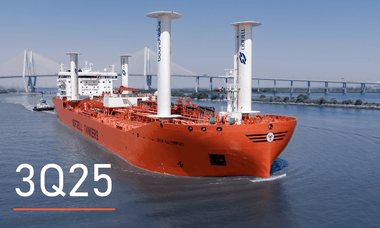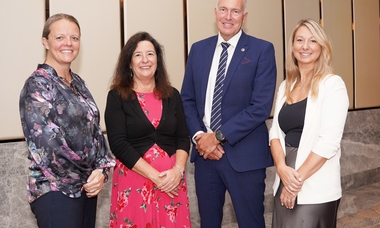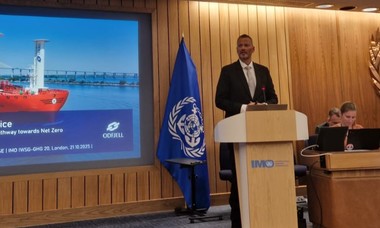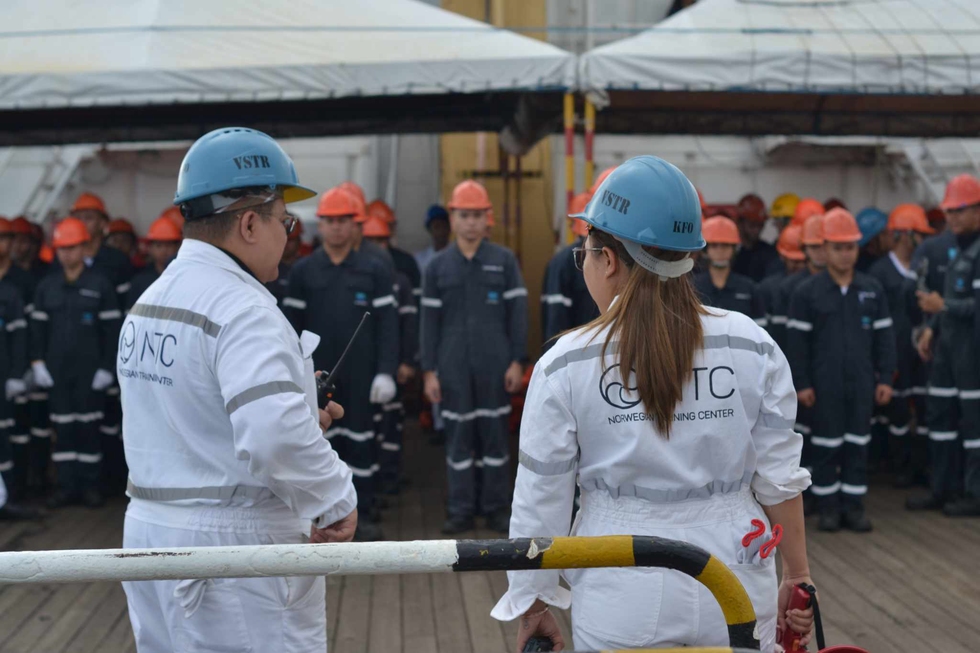
Training has changed over the decades, but the expectations have not. Cadets are still asked to show up prepared, adapt quickly, and lead with consistency. The stories of those who’ve passed through the program, from its first batch to its latest, reflect that steady standard.
Building the foundation
When the first Odfjell cadets were selected in the early 2000s, few had heard of the company. Captain Francis Barrientos, then a student at John B. Lacson Foundation, was one of them.
“It was my first time hearing the name Odfjell,” he recalled. “It was a ‘nobody’ to all of us back then.” The company took twenty cadets from their batch—twelve deck cadets from Arevalo, three engine cadets from Molo, and five from Bacolod.
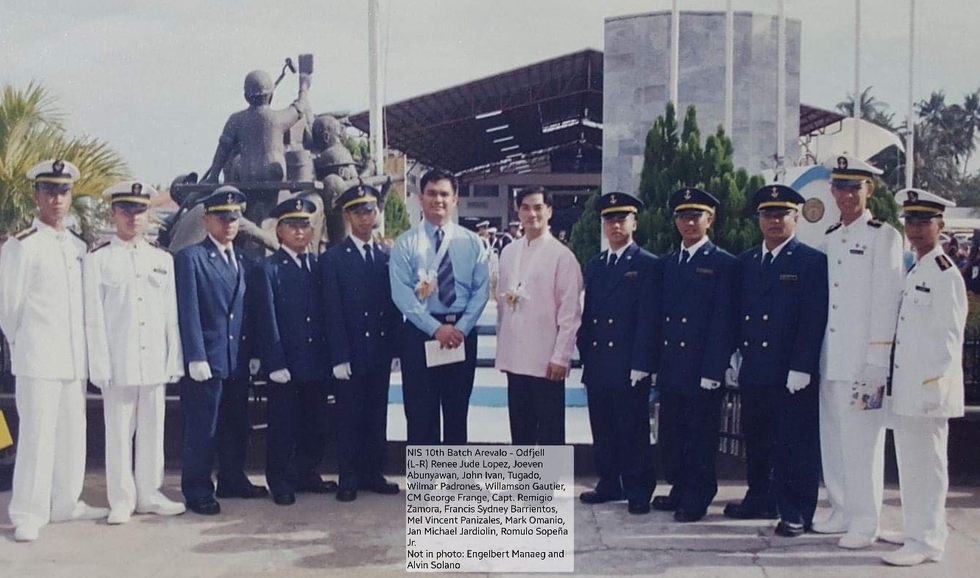
Barrientos still remembers the interview question that shifted the course of his career: How long do you think it will take for you to become a captain? “That question, which seemed random at the time, became a personal challenge.” In 2021, he took his first command as Master aboard Bow Sun.
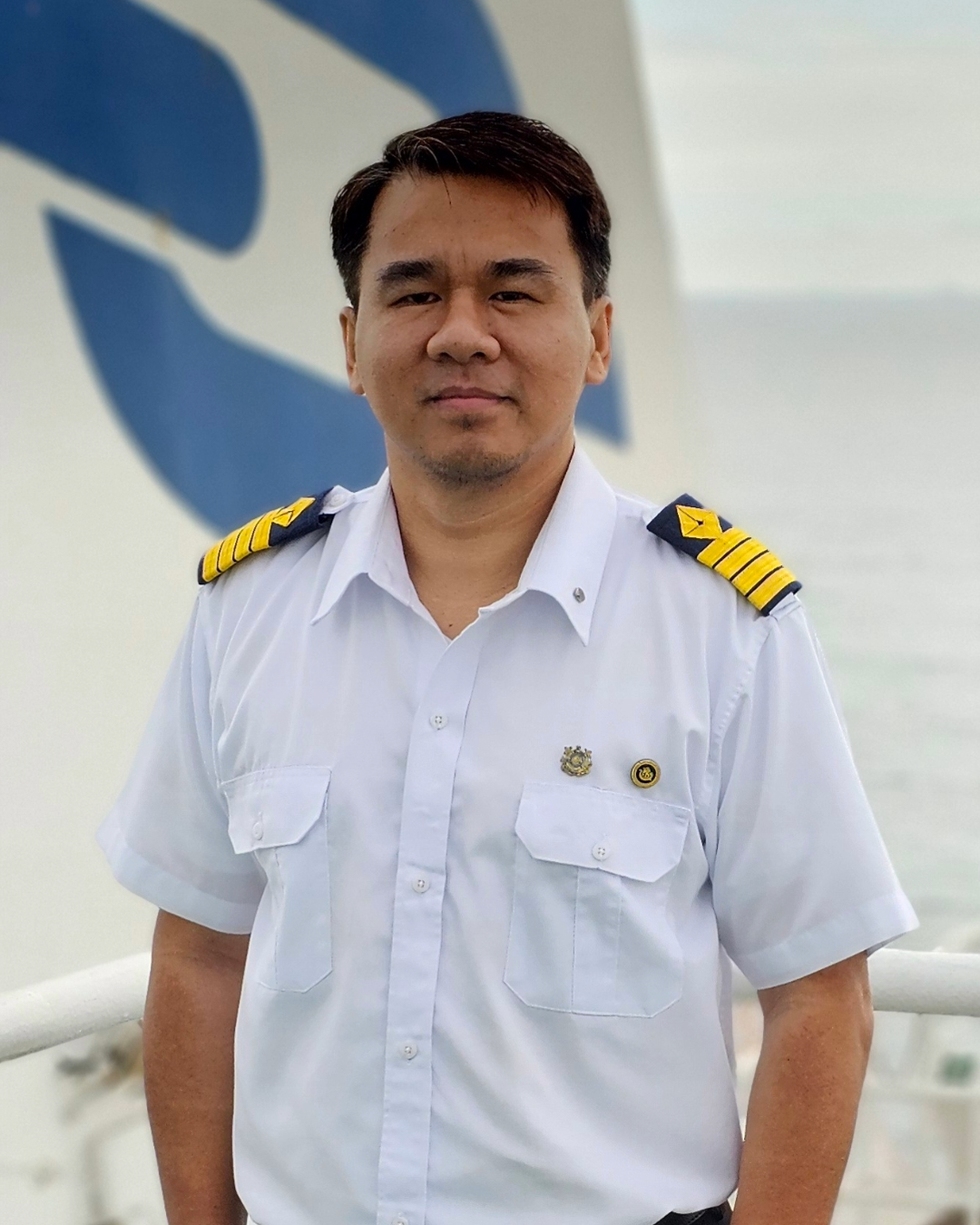
That first cohort was introduced to a structured environment early on. Cadets lived in dormitories on campus, operated under seniority rules, took night duties, and followed ship-like routines. Time off was limited. Training sessions were held even during breaks.
Captain Engelbert Manaeg, also part of the first batch, said those routines taught lessons long before boarding a vessel.
“Even the simplest habits, like properly making up my locker and fixing my bedding, made a difference,” he said. “Those small tasks taught responsibility, organization, and attention to detail.”
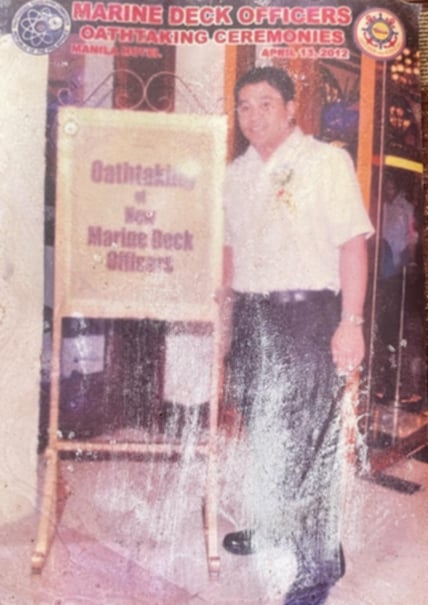
The dormitory was more than a training ground. For many cadets, it was their first exposure to the expectations of professional life at sea.
“What we did at school was like a pilot test of what life would be like as seafarers,” said Barrientos. “It had a significant influence on my sense of discipline and perseverance.”
Training beyond technical skills
The program didn’t just prepare cadets to pass exams. It taught them to navigate unfamiliar environments and operate under pressure. Cadets learned to maintain composure, build relationships, and manage setbacks.
Captain Barrientos shared that one of the early challenges was adjusting to expectations and personalities onboard.
“As a newbie, one of the challenges was how to be on everyone’s good side,” he said. “I was always conscious of how I came across. Having a batchmate onboard helped a lot—just having someone your age to talk to at the end of a hard day made a difference.”
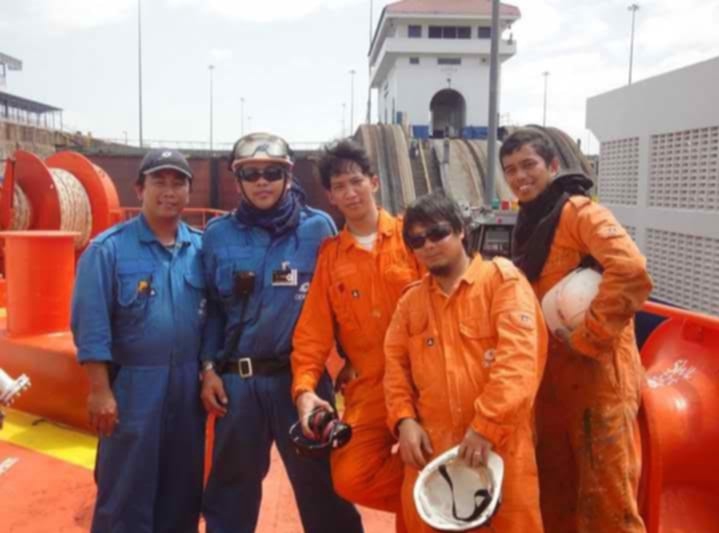
For Captain Manaeg, the early exposure to the realities of shipboard life gave him a lasting advantage.
“Adaptability is key. That mindset is just as important as what is learned in a textbook.”
Both officers credit the program for helping them grow into the leaders they are today. But the most enduring part, said Barrientos, was the relationships.
“The value of camaraderie, friendship, and brotherhood—that has stayed with me. Even now as a captain, I still call on my batchmates when things get tough. We’re not related by blood, but we’re connected by the sea.”
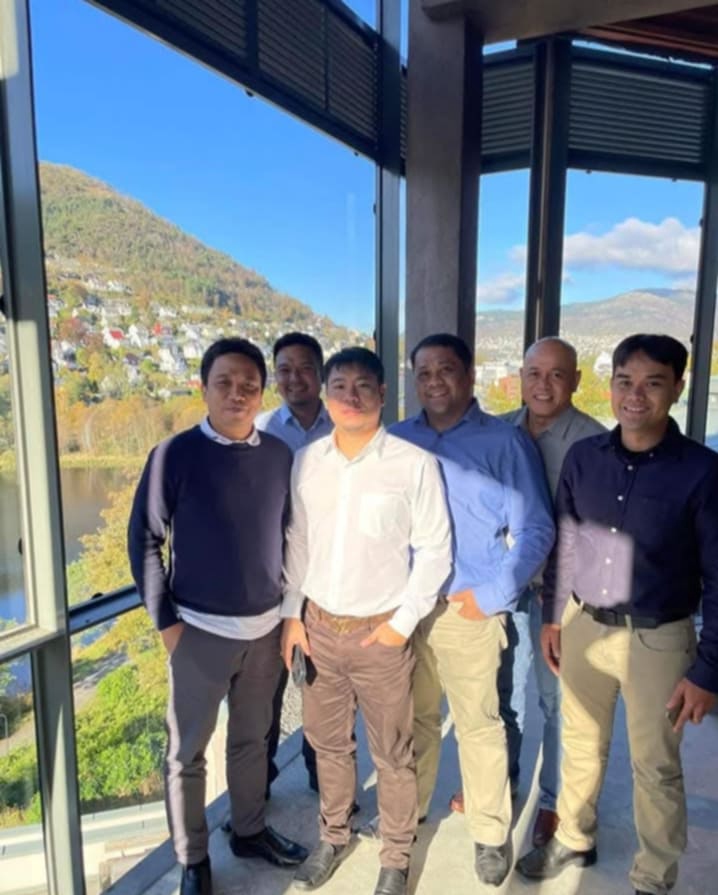
A new generation continues the course
Today’s cadets train in a world with better technology and more digital tools—but the expectations are the same. Strong work ethic, attention to detail, and the ability to function under pressure remain essential.
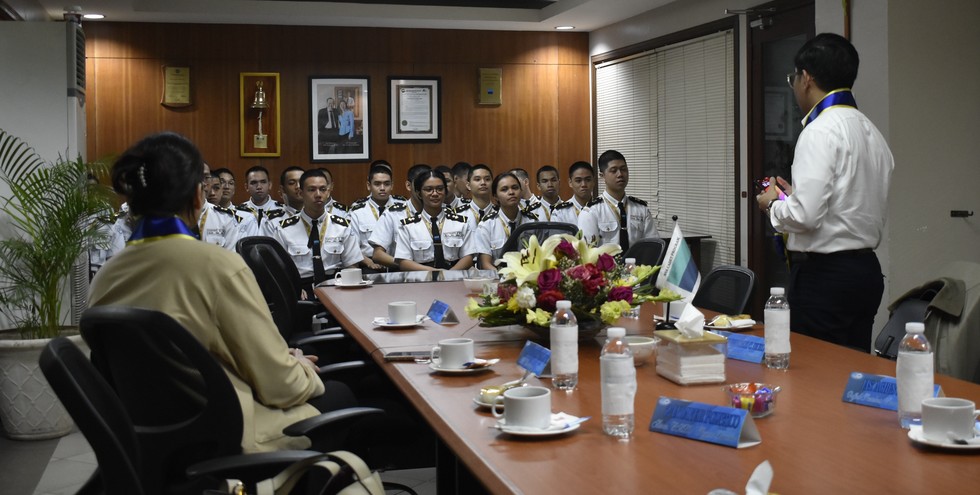
Cadet Grant Aquino, from the most recent batch, described the experience as structured and intense.
“Every day presented a new learning opportunity. There’s a real sense of teamwork. One of the most valuable lessons I’ve learned is that being a good seafarer isn’t just about knowing procedures. It’s about leadership, composure, and being part of a team.”
For him, the most memorable part of training was the 24-hour watch simulation: “We were under pressure. It tested everything we had learned. Despite the stress, our team communicated well and stayed in control. That’s when I realized how important it is to stay calm and precise.”
That same mindset is shaping another promising cadet, Fatima Avenido. Her path into the program came with more personal hurdles. Raised in a challenging area in Lapu-Lapu City, she supported herself through a series of jobs—garbage collector, snack vendor, stay-in helper, call center agent, and content moderator—all while studying.
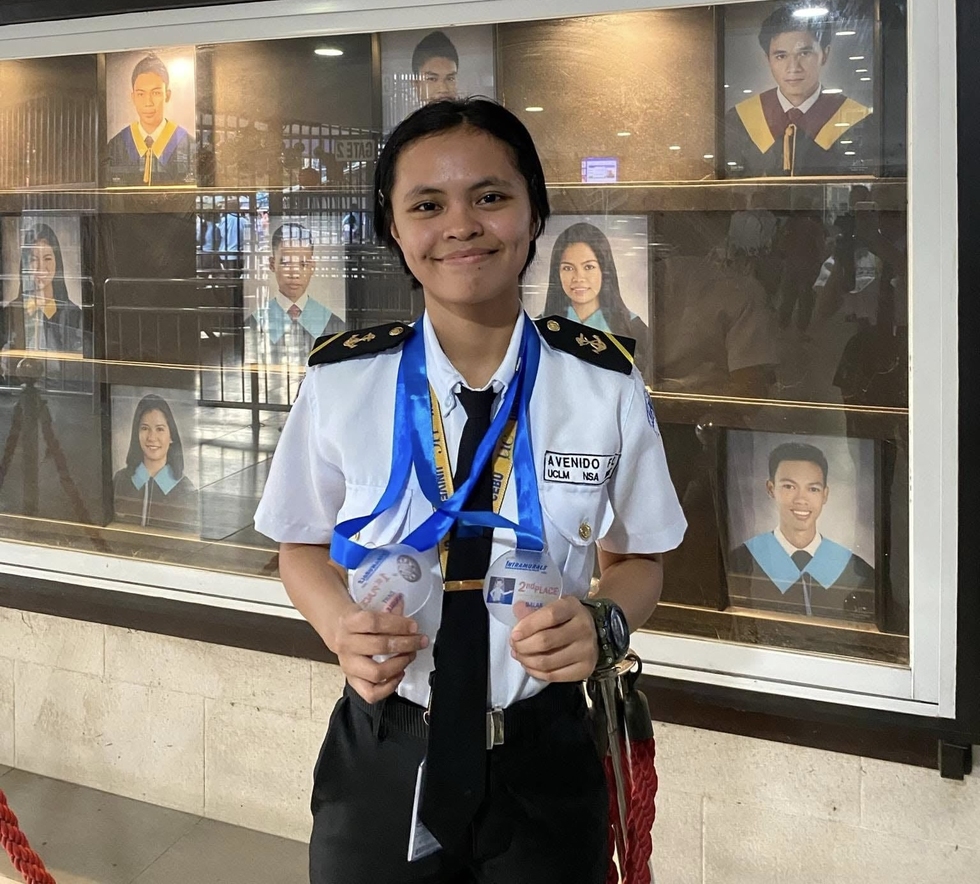
“When I discovered the Odfjell cadetship program through the NSA partnership with NTC, I knew it was my chance,” she said. “Odfjell’s reputation for training and discipline stood out.” Getting accepted into the program marked a turning point. “It proved that perseverance is worth it.”
Now part of the 31st batch, she is focused on becoming a competent officer and, eventually, a Master Mariner.
“Being part of this batch means breaking stereotypes. It shows that women can lead and succeed here too,” she said.

Growth through consistency
The partnership between NTC and Odfjell has always emphasized consistency over time. Training has evolved to reflect new technologies, new risks, and global changes—but the core remains rooted in professionalism, safety, and long-term development.
The results are clear in the careers of those who stayed. Captain Barrientos said the company provided not only training, but the structure to grow.
“Career-wise, I was practically born and raised here. The trainings, the cooperation with colleagues, the opportunities for advancement—these made me who I am today.”
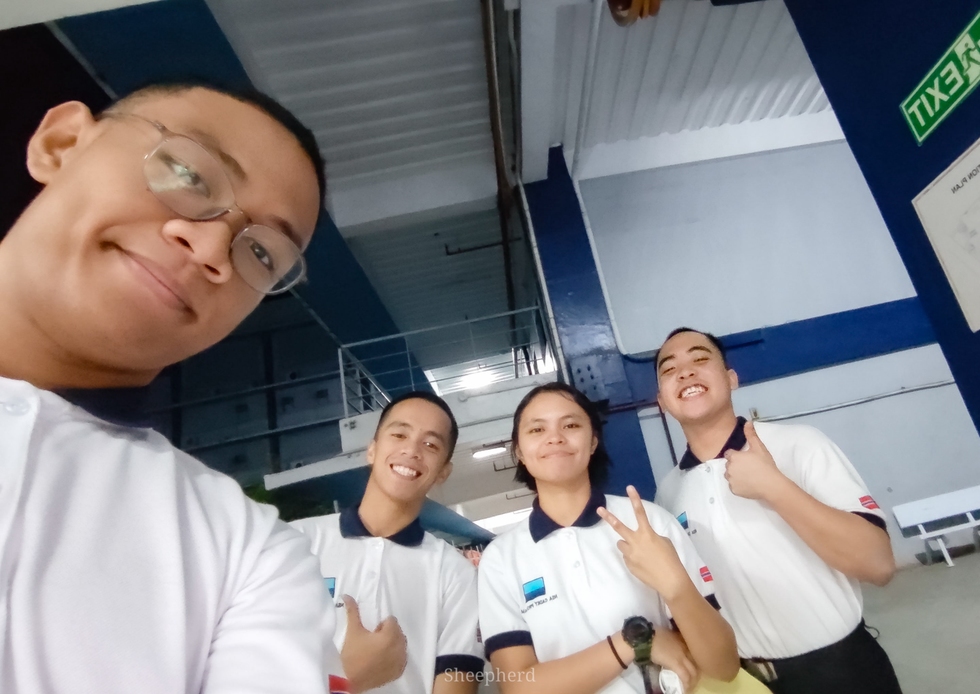
Captain Manaeg echoed the same. “Even now, nearly twenty years later, Odfjell continues to invest in my growth.”
That continuity isn’t lost on the latest cadets either. “This program gave me a path forward and the chance to prove myself,” said Grant.
For Fatima, the value of being in the program is deeper than a job.
“It helped me break away from the limitations of my past. Now, I see myself as someone who can lead and make a difference.”

Training that lasts
Over the years, the program has produced not just officers, but role models. People who set the tone for those who come after them. People who remember what it was like to be unsure, and who now pass on the structure, discipline, and support they received.
Captain Barrientos now offers the kind of advice he once needed himself.
“Set your goals and pace yourself. Take every day as an opportunity to learn and improve. Preparation gives you a chance to strike at every opportunity—or even create your own.”

Fatima shared a moment that defined her outlook. One of her instructors, Chief Mate Cedric Mabalot, told her: “It’s time for you to make your own story, and your story starts here.” That line stayed with her. “I’m no longer just preparing. I’m already on the path.”
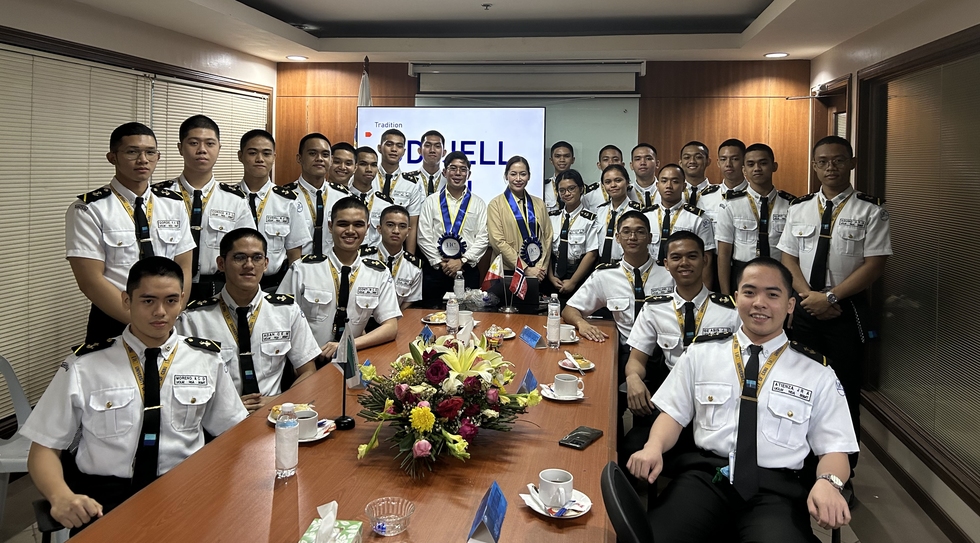
The strength of the partnership
After thirty-five years, the Odfjell-NTC cadetship program continues to prepare seafarers for the complex demands of maritime operations. It has helped strengthen fleet performance, built a culture of safety and leadership, and created professional pathways for cadets across generations.
The stories of Grant, Fatima, Engelbert, and Francis are part of that legacy. They show that long-term commitment to training builds more than skills as it builds character, continuity, and confidence.
